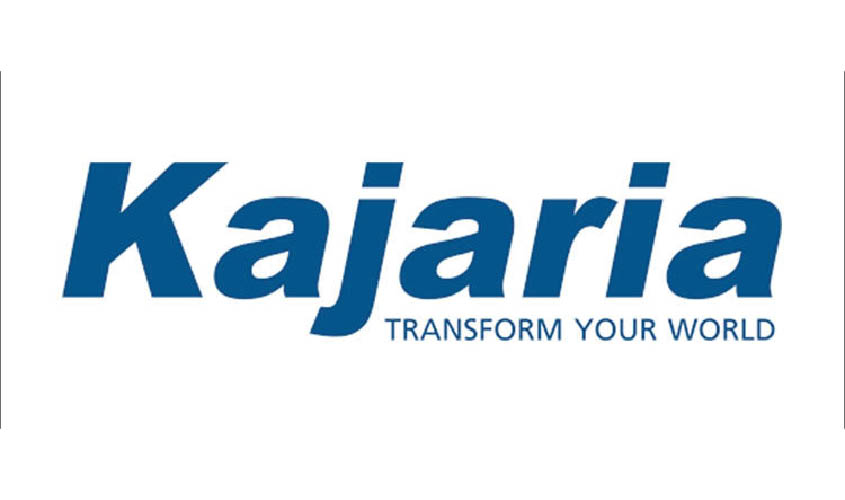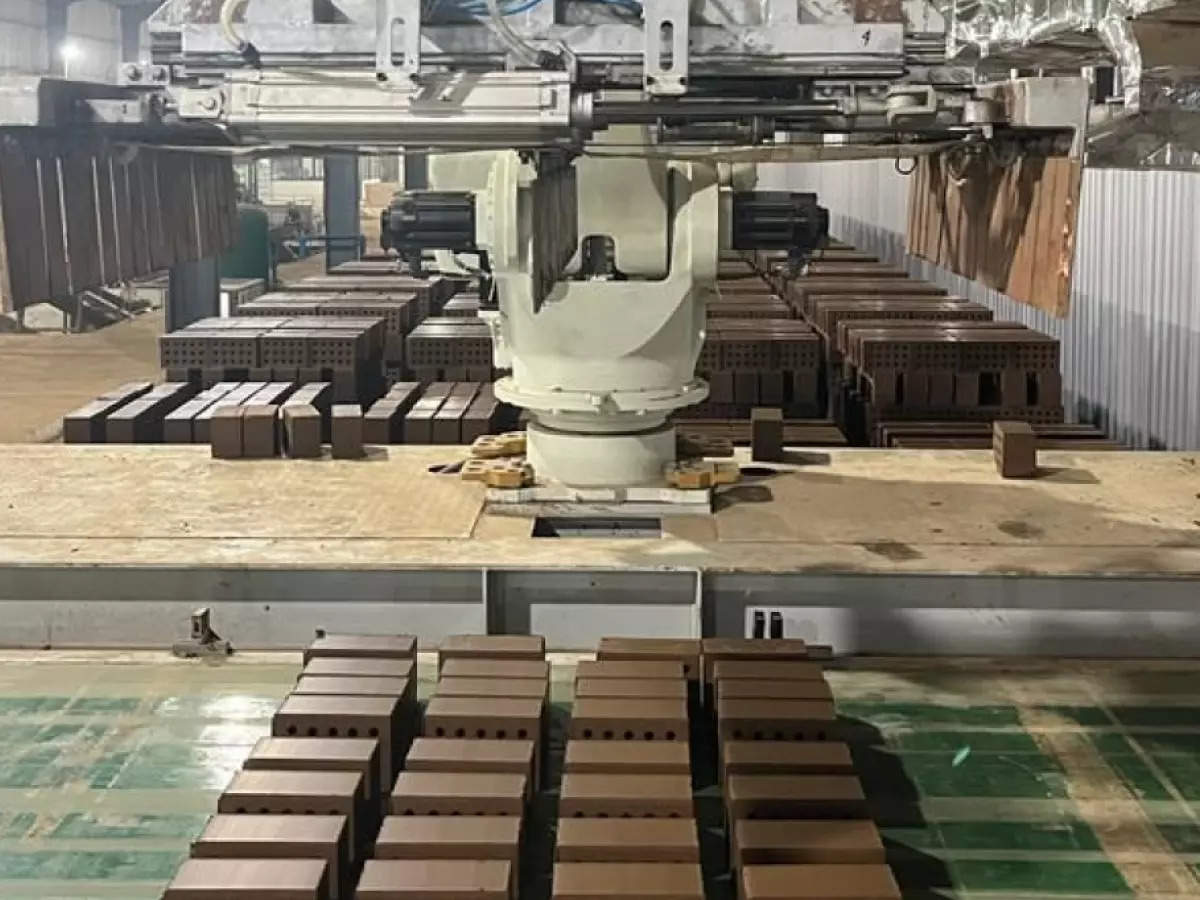E - PAPER
Samsung Begins Mass Production SSDs For Data Centers
Samsung has announced that it has started the mass production of its most advanced data center SSD lineup yet. Apart from being available in various storage sizes and form factors, the PM9A3 E1.S SSD lineup is fully-compliant with the OCP (Open Compute Project) NVMe C
 BY
Realty Plus
BY
Realty Plus
Published - Monday, 01 Mar, 2021

Samsung has announced that it has started the mass production of its most advanced data center SSD lineup yet. Apart from being available in various storage sizes and form factors, the PM9A3 E1.S SSD lineup is fully-compliant with the OCP (Open Compute Project) NVMe Cloud SSD specification.
The PM9A3 E1.S is built using Samsung’s sixth-generation (1xx-layer) V-NAND, and it offers a sequential write speed at 3000MB/s. It also features a random read speed of 750K IOPS and random writes at 160K IOPS. Compared to the fifth-generation V-NAND-based PM983a, the PM9A3 offers double the sequential write speed, 40% higher random read speed, and 150% higher random writes.
It is available in nine power levels so that it suits a diverse range of needs from data center clients. It is available from 8.25W M.2 form factor to 35W EDSFF (Enterprise and Data Center SSD Form Factor). Apart from the usual data encryption techniques, the new SSDs also offer secure boot and anti-rollback mechanisms so that it becomes impossible to install older or flawed firmware.
Samsung’s new enterprise-focused SSD lineup offers a power efficiency of 283MB/s per watt for sequential writes, which is 50% more efficient than previous-generation SSDs. The South Korean firm claims that replacing all server HDDs launched in 2020 with the PM9A3 4TB drives would save up to 1,484 GWh of energy. That is enough electricity to power all households in a major metropolitan city during a month of summer.
The company said that it will continue to work with its clients to standardize newer storage technologies and work on more cutting-edge memory solutions. Samsung had recently unveiled its second-generation HBM memory with built-in AI processing units for cloud servers and data centers.
RELATED STORY VIEW MORE
NEWS LETTER
Subscribe for our news letter
E - PAPER
-

CURRENT MONTH 
LAST MONTH















